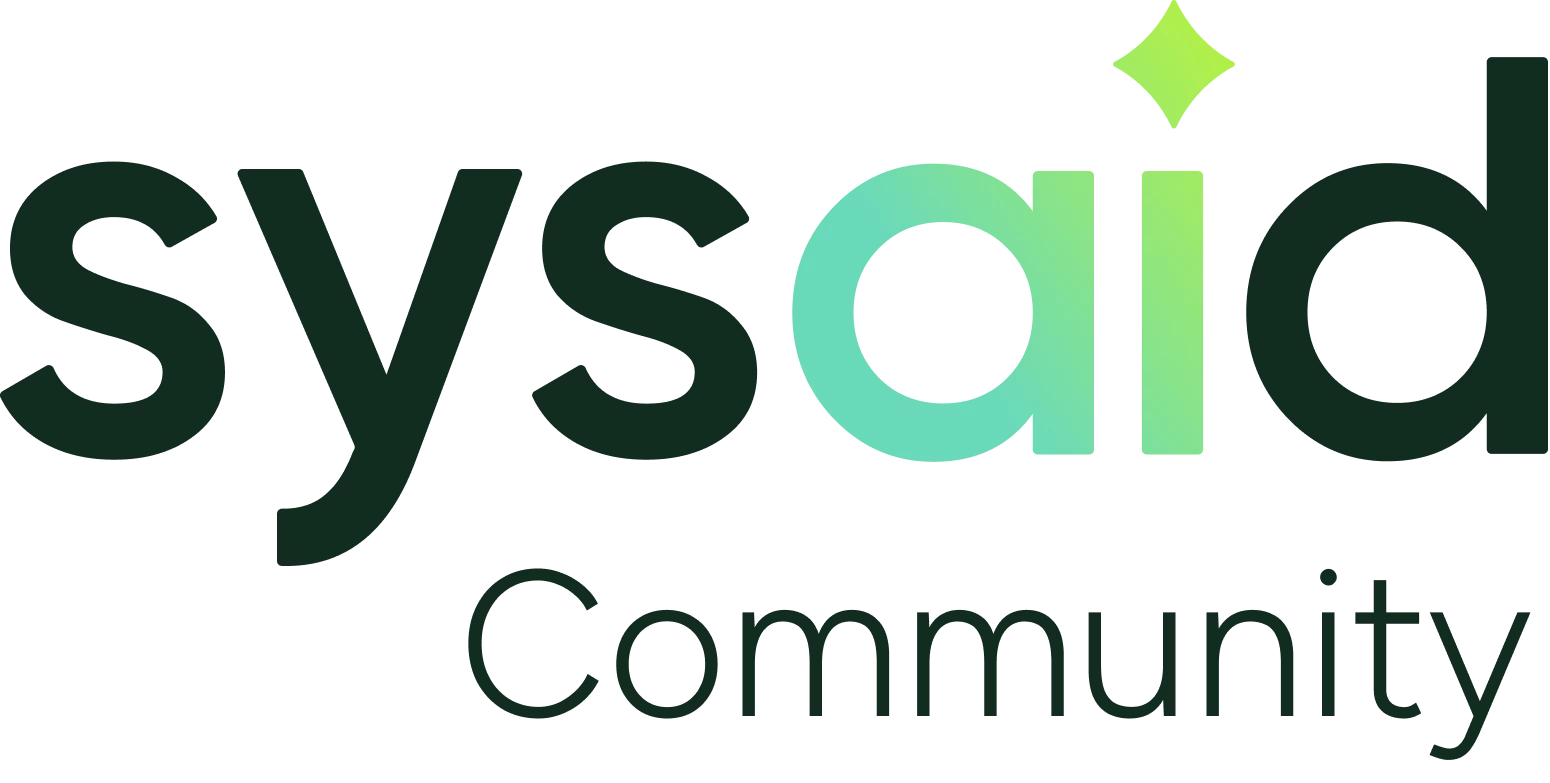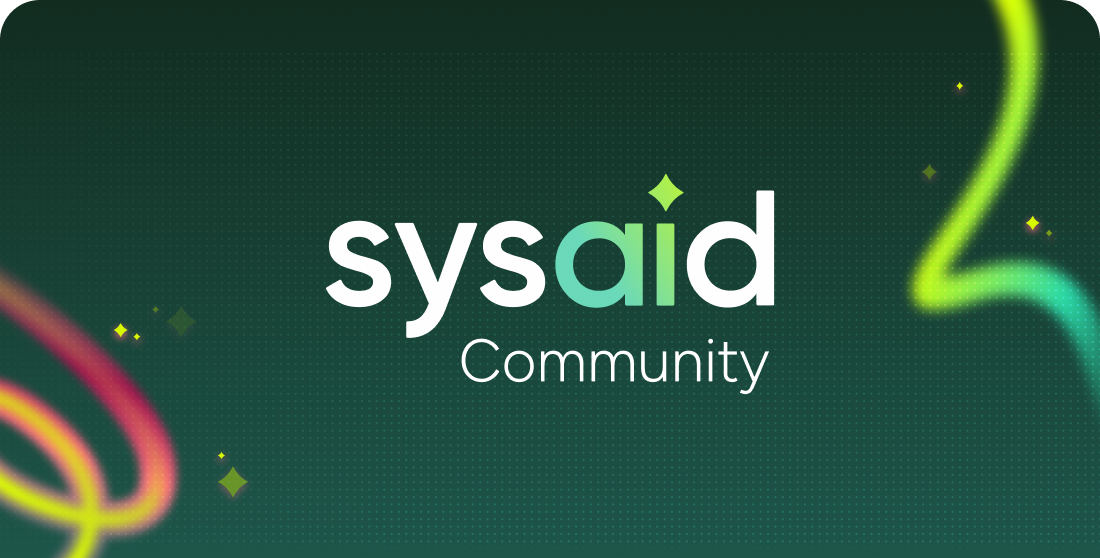We are in the process of switching from using a traditional Active Directory with an Onsite Exchange Server as our RDS source to a Microsoft 365 Cloud environment including Cloud based Exchange (or whatever they call it now) and I was wondering if anyone had a good guide for that or at least just suggestions.
I guess I am looking for any pitfalls I need to be aware of. Any feedback would be appreciated.




